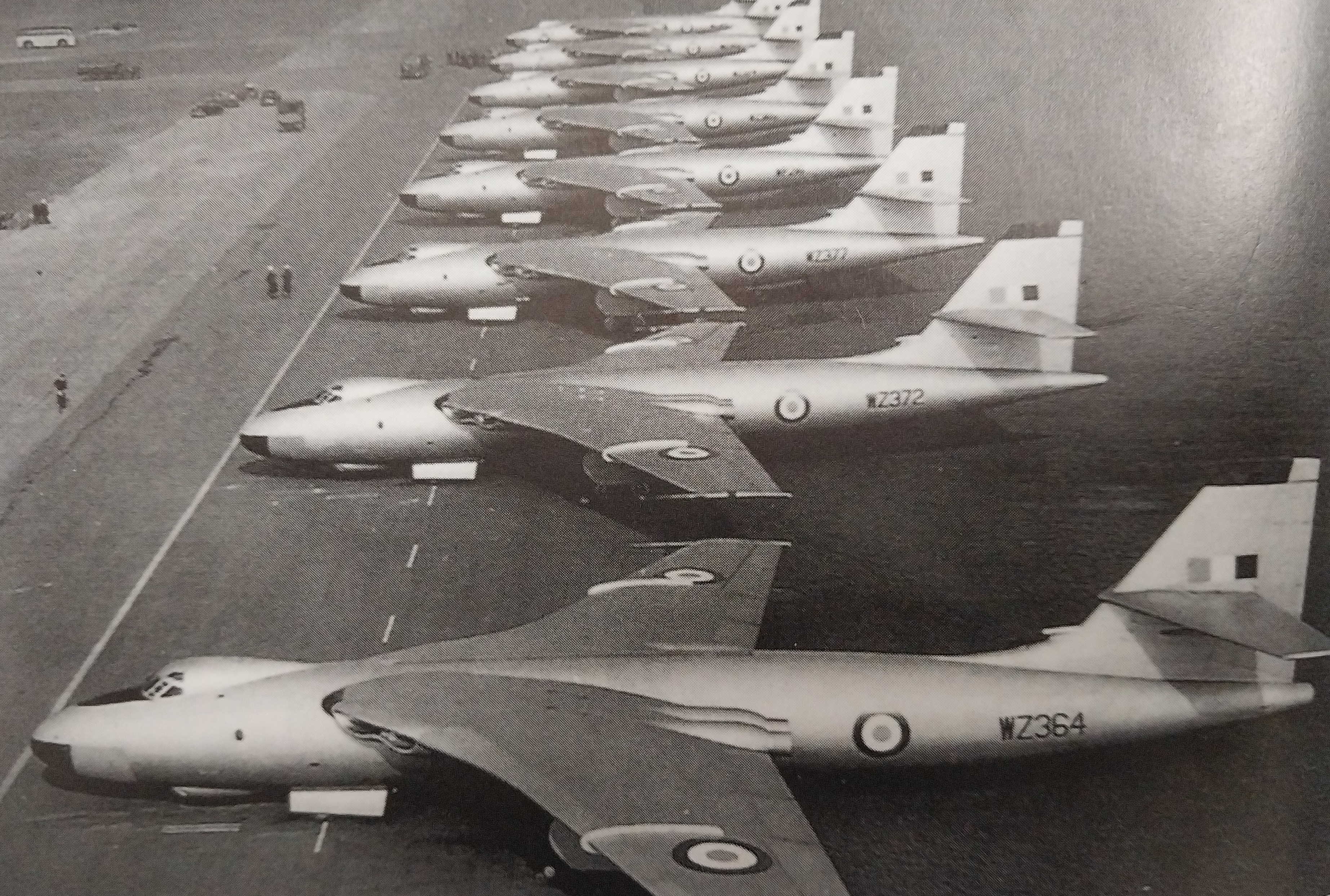Blue Danube (nuclear weapon)
The Blue Danube was Britain's first atomic bomb, referred to in a codename that was likely someone's joke, as the bomb itself was far from being as light as its name suggested. The actual warhead from Blue Danube had been tested in the Monte Bello Islands on October 2, 1952. This initial test was part of a series of atomic trials, which later included the testing of other fission devices at Emu and Maralinga, though Woomera was only slightly involved.
Testing at Woomera
The tests at Woomera were limited to the use of dummies of the Blue Danube bombs, which were not actual nuclear bombs. These dummy bombs were dropped as part of trajectory and bomb-aiming exercises.
In February 1955, a small team from RAE Armaments Division visited Salisbury, South Australia, to discuss future bomb ballistics trials. The team’s leader was Dr. G. R. Richards, an expert in ballistics, who collaborated with other team members to figure out how best to proceed with bomb drag and trajectory measurements. The testing of Blue Danube at Woomera used various technologies to measure bomb behavior. Special attention was given to measuring drag and bomb disturbances during free-fall. These tests were critical for bomb-aiming accuracy, and efforts were made to introduce telemetry systems to record acceleration and trajectory data. The trials were an academic exercise in applied physics, and many of the new techniques would take time to develop. However, there was an immediate need for improvement to complete upcoming bomb trials.
Arrival of Vickers Valiant

In August of the same year, the Vickers Valiant bomber was delivered to the RAF. This was the first of the V-bombers intended to carry Britain’s nuclear weapons. It became a part of the tests at Woomera, particularly for bombing trials. The Valiant bomber could cover large distances and set multiple flying records. It was used to drop bombs for test purposes on Range E. The testing moved forward with a focus on bomb drop mechanics. Various challenges arose, including a ‘flip-out’ mechanism that led to instability during the bomb's flight. The Valiant dropped the first of thirty-six Blue Danube dummies in September 1955, and these tests continued to refine the accuracy of bomb delivery systems. As a result of these early trials, further experiments were deemed necessary, and the tests were moved to Range E for improved accuracy using superior instrumentation. By November 1956, records from Askania kinetheodolites at Range E began to provide detailed data for full-scale bombing trials. The Blue Danube bomb was dropped again with improvements made for accurate trajectory measurements.
Bomb ballistics work continued intermittently on Range E until 1960, though many of the Blue Danube tests were primarily focused on its dummy versions rather than actual nuclear warheads. The final decision to consolidate testing on Range E ensured improved accuracy, and over time, the testing focus shifted to newer bombs like the W29 variant. Ultimately, the bomb trials at Woomera and other ranges helped develop a more precise understanding of atomic bomb delivery, setting the stage for future advancements.
These events chart the development and testing phases of the Blue Danube atomic bomb from its conception to the completion of its trials, with extensive involvement at Woomera for non-nuclear tests using dummy versions of the bomb.[1]
References
- Fire across the Desert, By Peter Morton, Published by the Department of Defence, 1989, P.176-177.
